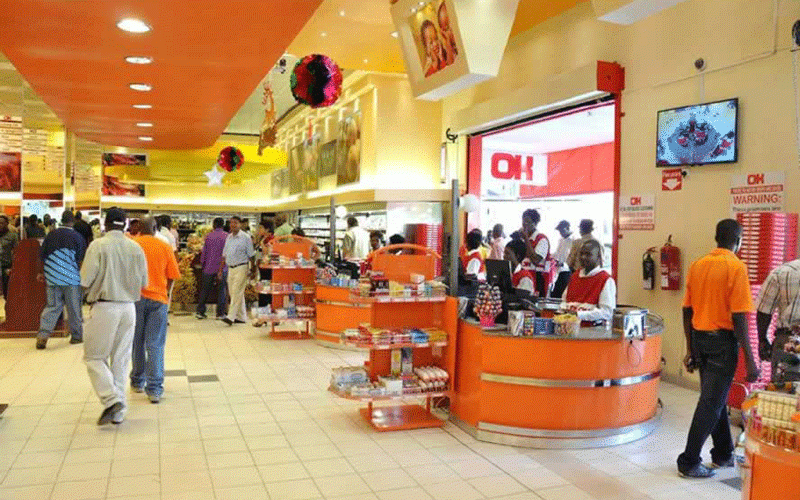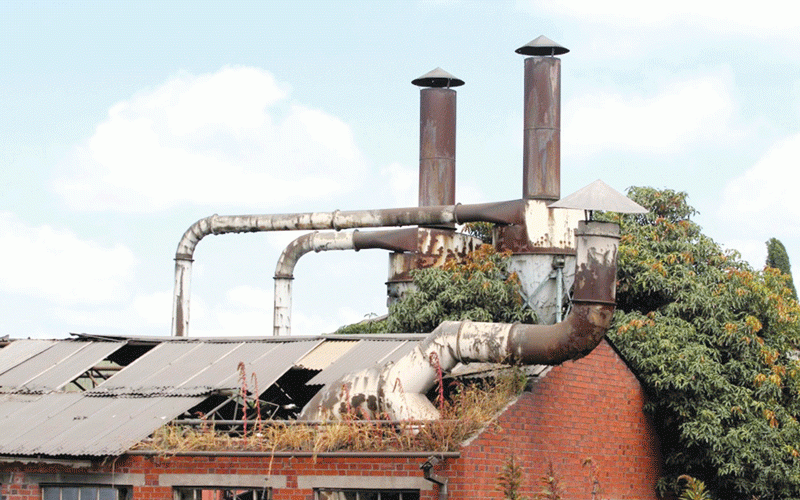
Caledonia Mining Corporation says it plans to build US$60 million cash reserves, riding on the strengthened Zimbabwe-based Blanket Mine.
This comes as Caledonia posted a 438,23% increase in profit after tax to US$11,16 million for the quarter ended March 31, 2025. The surge was driven by a near 46% rise in revenue to US$56,17 million. It was also bolstered by record gold prices on the global commodity markets, currently hovering around US$3 000 per ounce.
Caledonia will be looking to leverage these prices as it anticipates producing 74 000 to 78 000 ounces at Blanket Mine.
“Quite feasibly, we might be able to end up, at the end of the year, with a cash balance of between US$50 million and US$60 million, depending on levers we look at. So, it is quite an exciting trajectory in terms of cash flows coming through,” Caledonia chief financial officer Ross Jerrard said during a presentation of the group’s results.
“We are looking at various initiatives as part of the cost programme in terms of longer savings and bringing costs down, so there might be some additional capital that is deployed into those projects, short-term spends to gain longer-term rise, and we will use our cash on that.”
Responding to questions from businessdigest and others, Caledonia chief executive officer Mark Learmonth said of the US$41 million capex set aside for the year, it had used US$10 million.
“All of our capex is funded from internal cash generation, so the US$50 million to US$60 million is after capex,” Learmonth said.
“So, the mine will generate US$100 million, of which US$40 million will get spent as capex, and the balance is what is left over, so we fund the capex from cash flows.”
- Record breaker Mpofu revisits difficult upbringing
- Record breaker Mpofu revisits difficult upbringing
- Caledonia profits up 16% after record production
- Power crisis pushes Blanket Mine into fresh costs
Keep Reading
He said the only impediment in utilising capex was the speed in doing so.
“So, it is in the shareholders’ interests, all the Blanket shareholder interests, to effectively take as much cash as you can out of Blanket,” Learmonth said.
“We want that, and the shareholders want that too, so the balance has to be that you do not over distribute, which is what we were already doing. At this rate, I will expect the facilitation loans to get repaid in about 12 months’ time at this rate of distribution and cash generation.”
Facilitation loans refer to the National Indigenisation and Economic Empowerment Act of 2007, wherein 51% of the equity of all commercial enterprises in Zimbabwe was required to be owned by indigenous Zimbabweans.
Instead of the indigenous investors, including the National Indigenisation and Economic Empowerment Fund, employees, local community, and selected individuals paying upfront for their equity stakes in Blanket Mine, Caledonia effectively loaned them the purchase price for a 51% stake.
These amounts were to be repaid through a deduction of 80% of their future dividends from Blanket Mine, meaning investors received only 20% of their dividends until the loan balances were cleared.
As of March, facilitation loans stood at US$10,25 million. The 2007 Act was later repealed in 2018.











